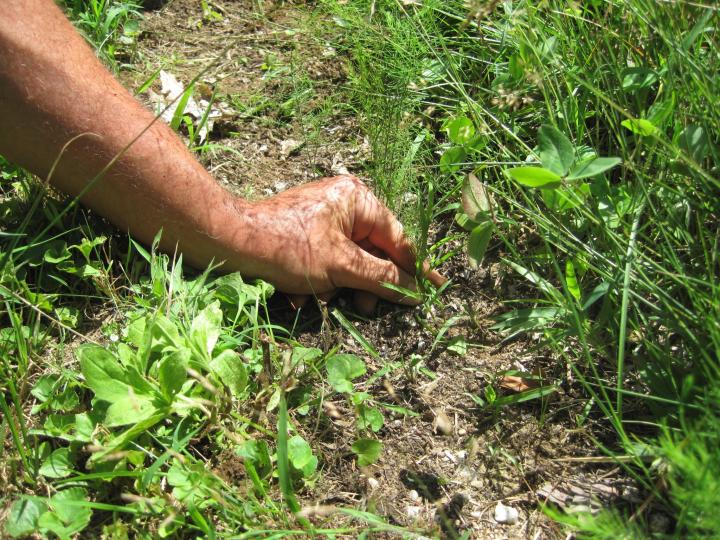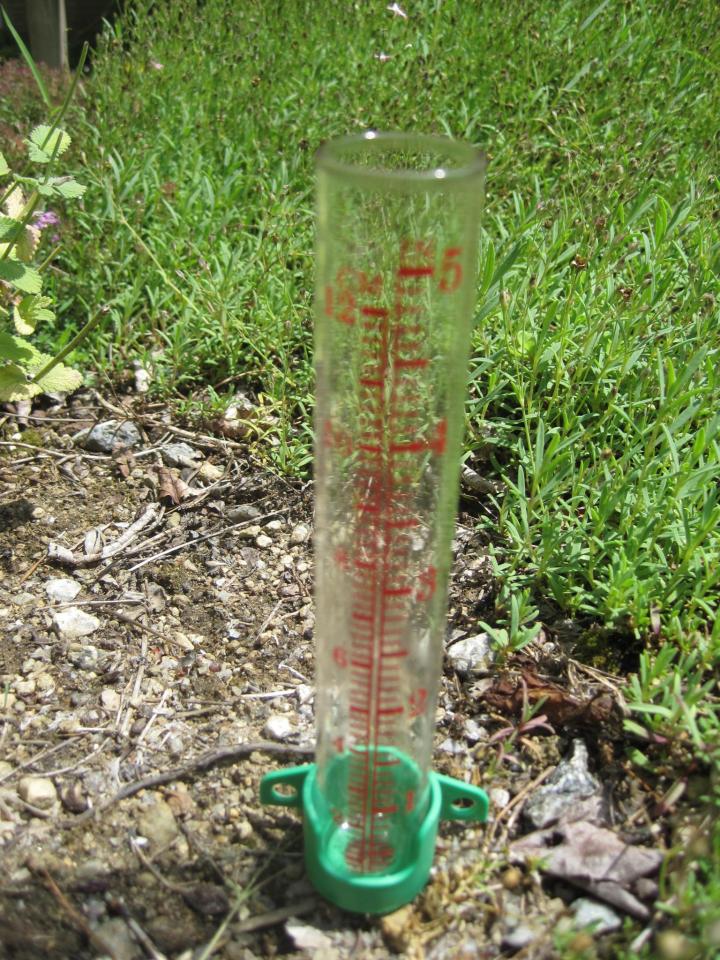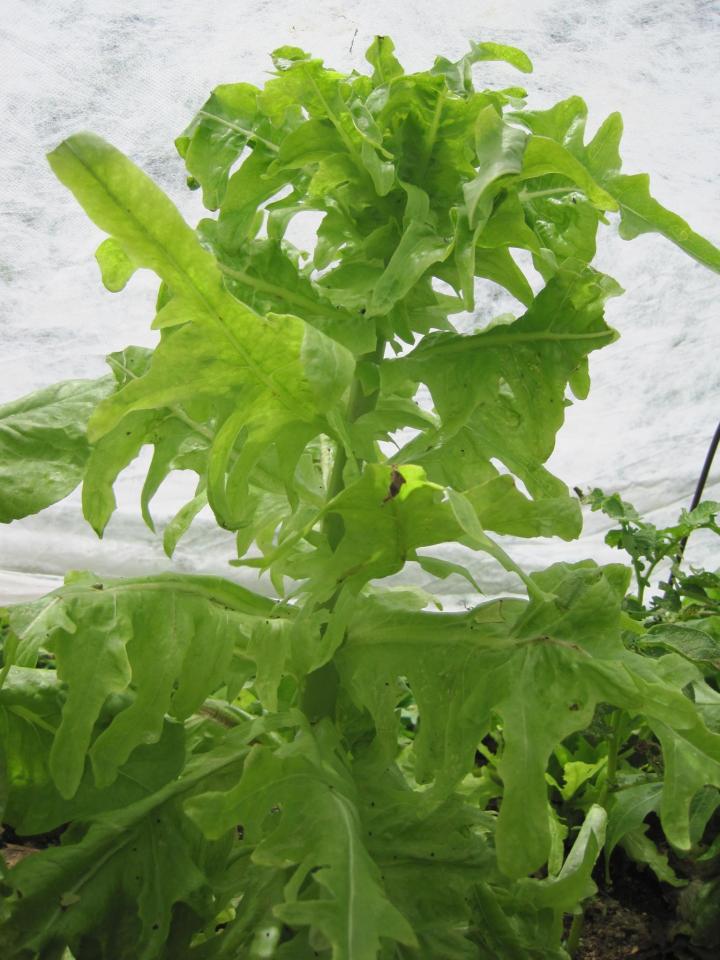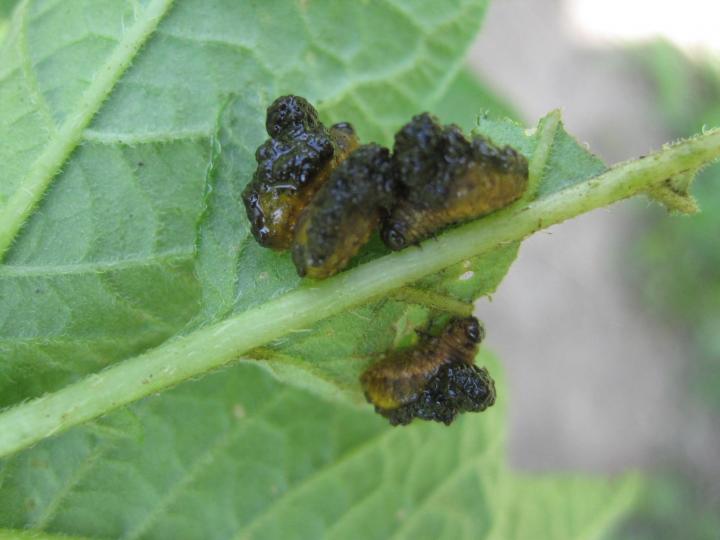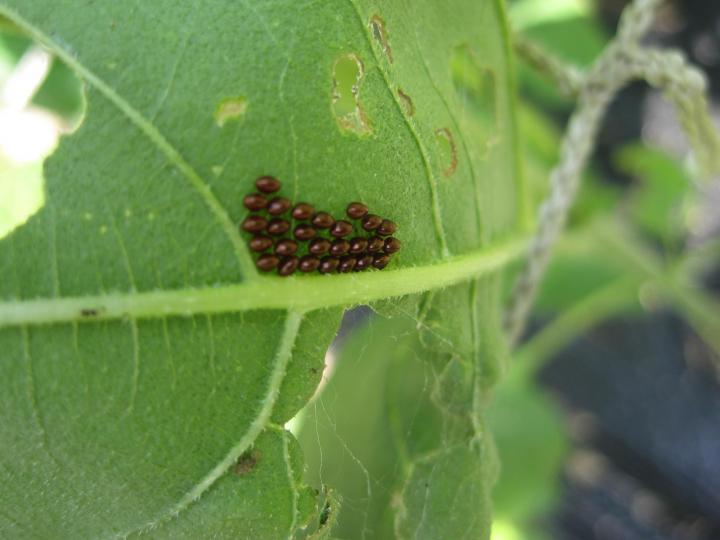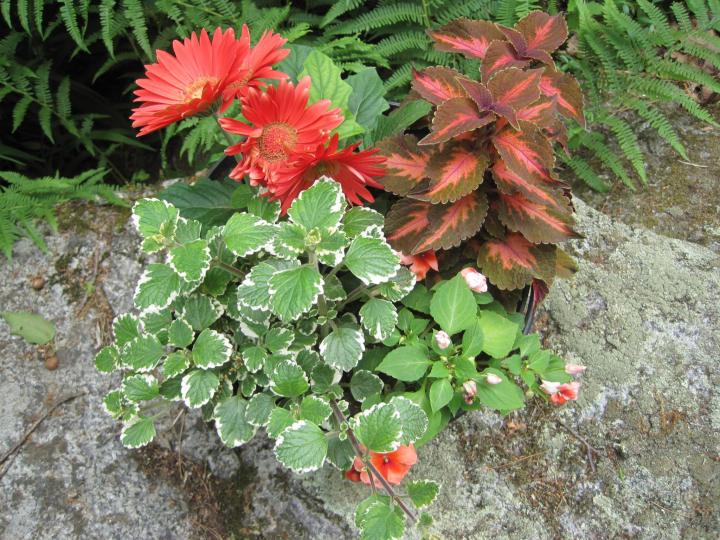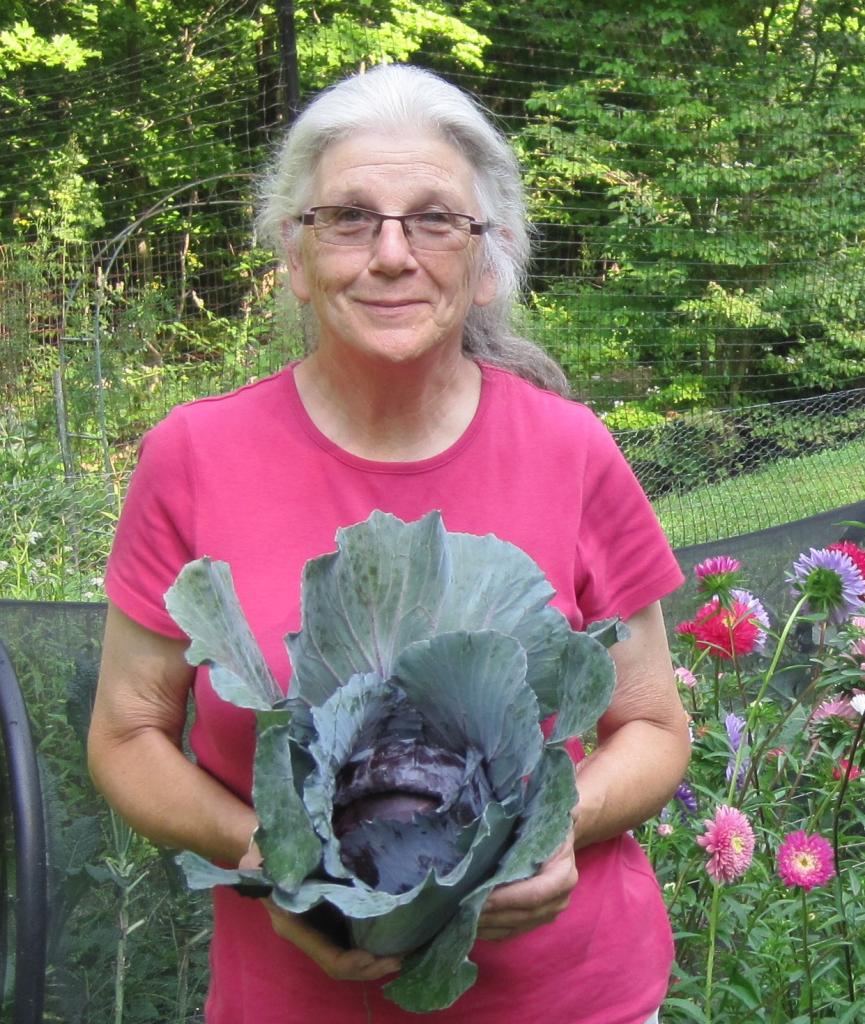
Gardening Tips for Midsummer
ADVERTISEMENT
Bitter Lettuce greens are very healthy to eat~
Thanks so much for the newsletters. I love reading them and it’s super helpful. I appreciate the self care section the best! My knees and back thank you!
Thanks for sharing such kind words, Nikki!
I live in Northern Arizona where we have infrequent rain (monsoon season has yet to produce much moisture) and I find much of the advice given here doesn't cover some of the issues that we deal with up here. We are frost free from about March through late October, Zone 7 I believe, but at higher altitudes (we sit at 5200 feet) I find the watering guides are inadequate for our area. This is my first garden and I want to make sure that this years experiment turns into a more bountiful producer for next year. Do you have any tips for our unique growing circumstances? Evaporation seems to occur much faster here, I've set my watering patterns several different times to attempt to maintain the correct moisture at 3-5 inches below the surface but that seems to change by the day sometimes making it challenging. Our temperatures can range from 95 to 62 in any given day and the days that are windy and dry seem to suck moisture straight out of the ground. Any tips that might help? I've planted corn, tomatoes, bell peppers, carrots, cucumbers, zucchini, watermelon, lettuce, beets and strawberries and have also planted blueberries, raspberries, grapes and gooseberries. Not all have done as well as hoped and I will be making some changes for next year. Any suggestions on crops that are hardier for this area?
To say that gardening in Arizona is challenging would be an understatement! Basics like having a soil test, especially to make sure your pH is at a good level for your crops, mulching to prevent evaporation of precious moisture, deep watering, and adding as much organic matter such as compost and rotted manure to your soil are important no matter where you live. Check out sites like nativeseeds.org to see the kinds of crops that are native to your area. Chances are, since they are adapted to growing in your conditions, they will perform better than a plant bred for New England. The best advice I can give you is to contact your county extension office. They will have lots of information on best plants and practices specific to your part of the state.
Just dropping a note to let you know how much I've enjoyed (and followed) Robin's advice on your website. This is my 4th year of gardening and it's finally becoming clear that advice from an expert makes the difference. I used to think gardening was stupid. Who knew I wouldn't be able to keep from smiling whenever I'm out there. Thanks for all your free and helpful media though I shudder to think what you would do without Robin.
Cindy Baker
Silverton, Oregon
Thank you so much Cindy! That is very kind! I can't take all the credit though. It is a group effort here at the Almanac and there are many people working behind the scenes. I have been gardening most of my life and I'm still learning new things every day. It is a fascinating world!

